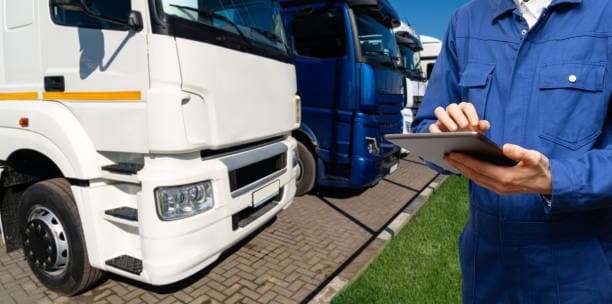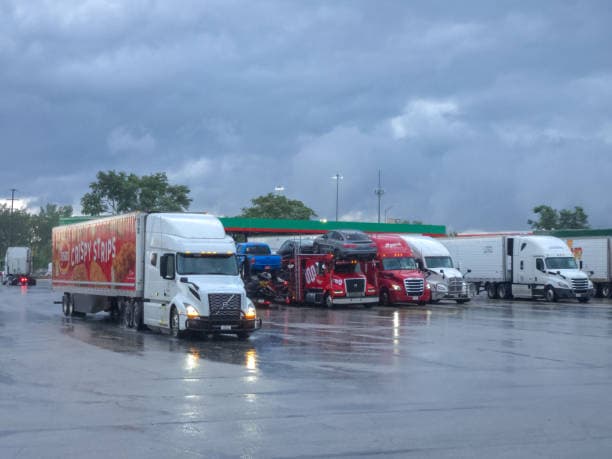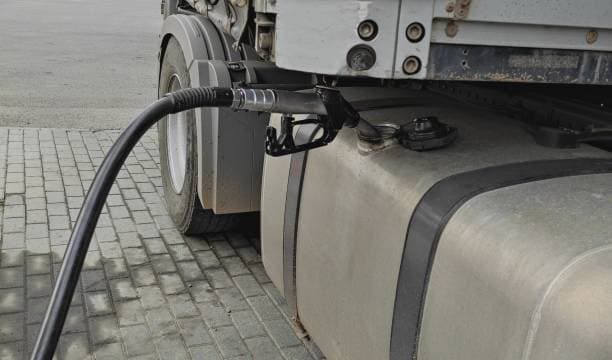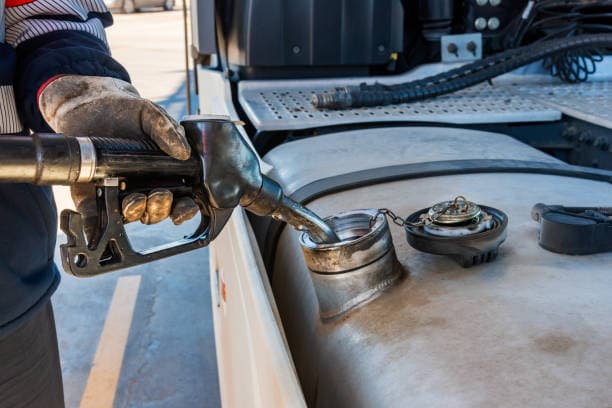Experiencing a vehicle breakdown can be stressful, inconvenient, and sometimes dangerous. Whether you're driving in a city or on a remote highway, knowing how to handle a breakdown safely can prevent accidents and help you get back on the road faster. This guide provides step-by-step instructions on what to do if your car breaks down, essential safety precautions, and tips for avoiding future breakdowns.
1. Stay Calm and Assess the Situation
When your vehicle starts malfunctioning, the first thing to do is remain calm. Panicking can lead to hasty decisions, which might put you in danger. Take a deep breath and follow these steps:
- Pay attention to warning signs such as strange noises, smoke, or a loss of power.
- Check your dashboard for warning lights (e.g., battery, oil, or temperature indicators).
- Determine whether you can safely move the car off the road.
2. Pull Over to a Safe Location
If your car is still moving, try to steer it off the road to a safe location. Ideally, you should:
- Move to the right shoulder of the road if possible.
- If on a highway, exit at the nearest rest stop or parking lot.
- Avoid stopping on curves or in low-visibility areas.
- If you're on a busy street, look for a gas station or public area to stop safely.
What If You Can't Move the Car?
- Turn on your hazard lights immediately to warn other drivers.
- Stay inside your vehicle unless it's unsafe to do so (e.g., if there's smoke or fire).
- Call for assistance and wait for help.
3. Turn on Your Hazard Lights
Your hazard lights signal to other drivers that you are experiencing a problem. This is crucial for avoiding rear-end collisions, especially at night or in bad weather.
- Keep your hazard lights on while waiting for help.
- If visibility is low, use your headlights and parking lights as well.
4. Use Roadside Warning Devices
If you have roadside emergency equipment such as reflective triangles or flares, use them to alert approaching drivers.
- Place reflective triangles at least 50 feet behind your car on highways.
- If available, use a high-visibility vest while setting up signals.
5. Call for Roadside Assistance
Once you and your vehicle are in a safe location, call for help. Here are some options:
- AAA or Roadside Assistance Services – Many insurance companies and auto clubs offer 24/7 towing and minor repairs.
- Local Towing Companies – If you don't have a membership, a quick search for nearby towing services can help.
- Family or Friends – Let someone know about your location and situation.
- Emergency Services (911) – If you're in a dangerous situation, such as on a busy highway at night, call emergency services for assistance.
6. Stay Inside Your Vehicle (If Safe)
If you're in a high-traffic area, it's safer to remain inside your car with your seatbelt fastened. However, if your vehicle is in a dangerous spot, such as on a bridge, in the middle of the road, or near a curve, consider exiting carefully.
- Always exit through the passenger side if near traffic.
- Move to a safe location away from the road.
7. Attempt Basic Troubleshooting (If You Can)
If you're comfortable doing so and it's safe, you may attempt minor troubleshooting:
- Check the Battery – If your car won't start, a dead battery might be the issue. Try using jumper cables.
- Look for Overheating Signs – If steam is coming from your hood, wait for the engine to cool before opening it.
- Inspect for Flat Tires – If you have a spare and know how to change it, you might be able to fix the issue yourself.
8. Avoid Accepting Help from Strangers
While many people are willing to help, it's best to rely on professional roadside assistance. If a stranger stops to offer help:
- Stay inside your vehicle and crack your window slightly to speak.
- Politely decline assistance and let them know help is on the way.
- If you feel threatened, call 911 immediately.
9. Keep an Emergency Kit in Your Car
Having a well-stocked emergency kit can make a big difference during a breakdown. Consider keeping the following items in your vehicle:
- Jumper cables
- Flashlight with extra batteries
- Reflective triangles or flares
- First-aid kit
- Basic tools (wrench, pliers, screwdriver)
- Portable phone charger
- Non-perishable snacks and water
- Blanket or extra clothing for cold weather
- Tire repair kit and air pump
10. Prevent Future Breakdowns
While some breakdowns are unavoidable, regular vehicle maintenance can reduce the risk of unexpected issues. Here are some preventive measures:
- Check your battery – Replace old or weak batteries.
- Monitor tire pressure – Keep tires properly inflated and check for wear.
- Change oil regularly – Follow manufacturer guidelines for oil changes.
- Inspect belts and hoses – Look for cracks and leaks.
- Keep an eye on fluid levels – Check coolant, brake fluid, and transmission fluid.
Conclusion
Knowing how to handle a vehicle breakdown can make a stressful situation much easier to manage. By staying calm, pulling over safely, using hazard lights, calling for assistance, and keeping an emergency kit, you can ensure your safety and minimize disruptions. Regular car maintenance also plays a crucial role in preventing breakdowns. Stay prepared, stay safe, and drive with confidence!







